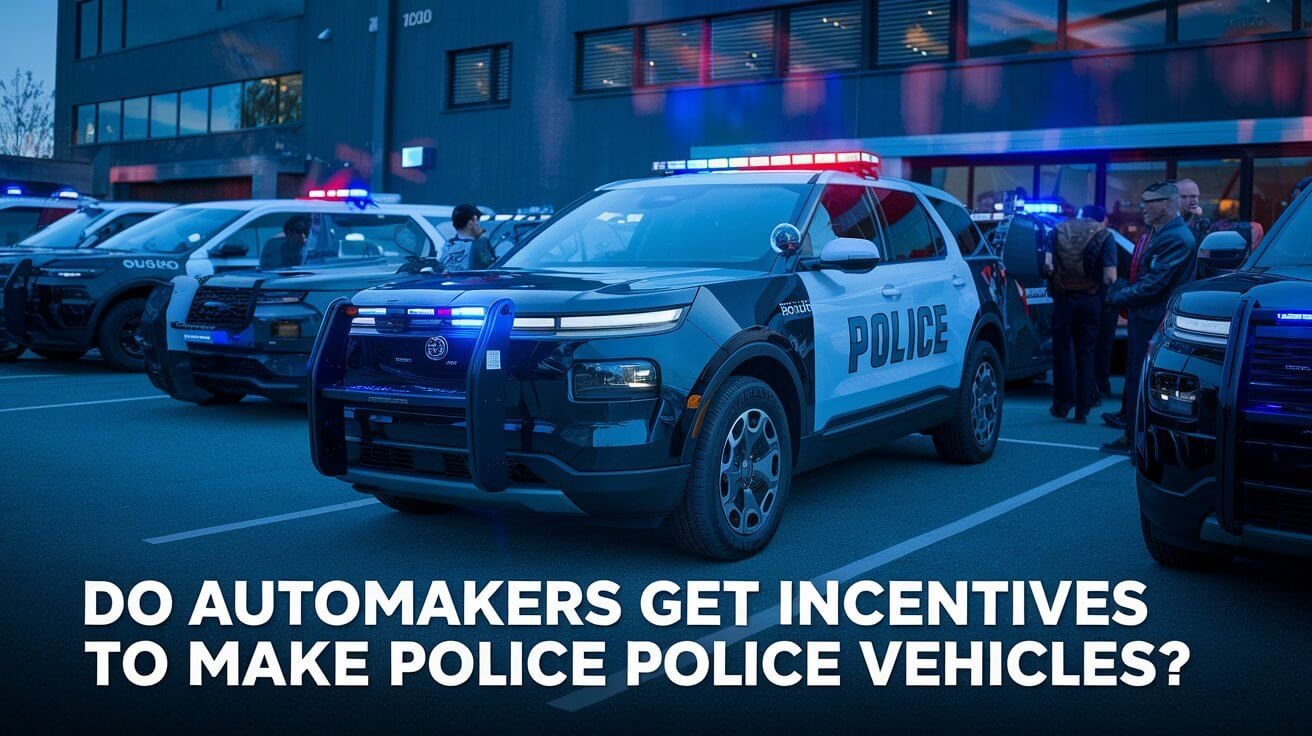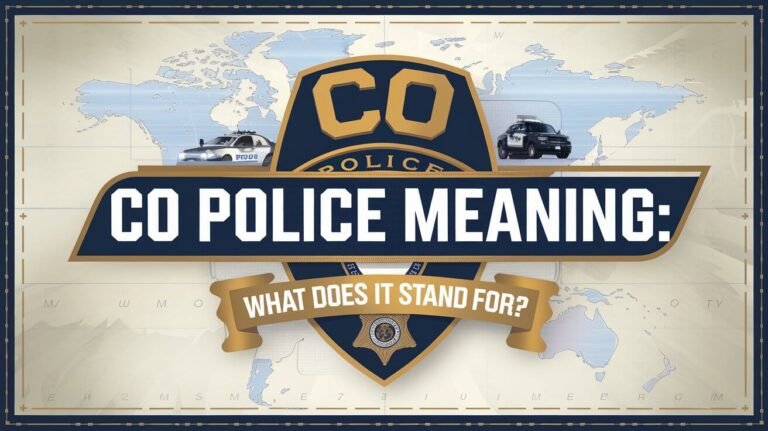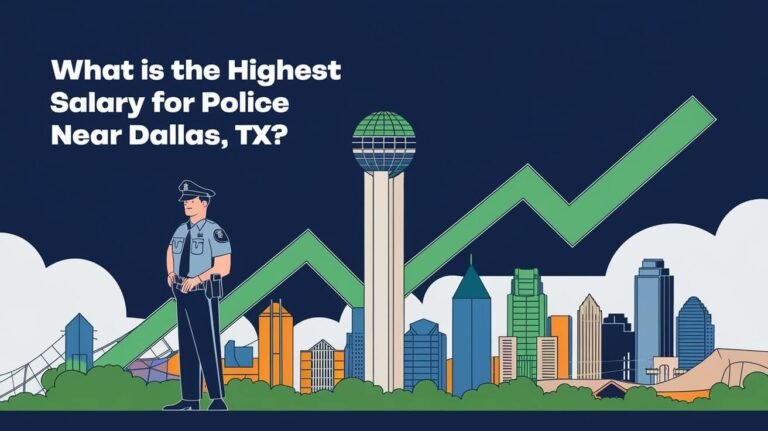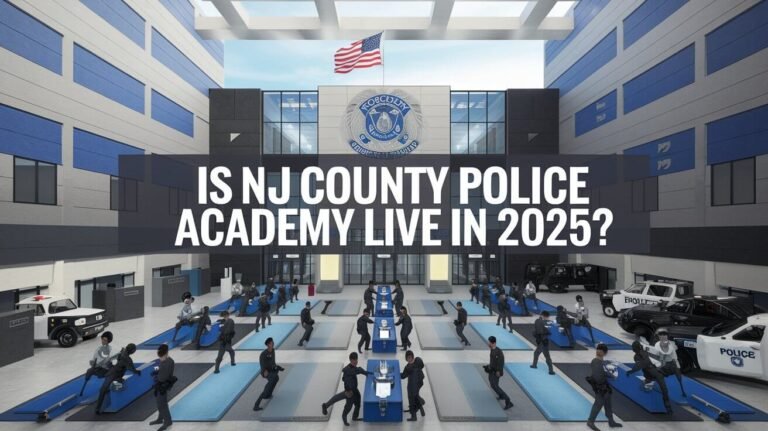Do Automakers Get Incentives To Make Police Vehicles?

Many people ask if car makers get special deals for making police cars. The truth is, they get different kinds of help, like tax breaks and money to make the cars. Making police cars, like the 2025 Chevrolet Blazer EV PPV, is a big job. Car makers spend a lot on research to make sure these cars are up to the task.
The Blazer EV PPV has special features for police work. This shows car makers are serious about making good police cars. But, what part do special deals play in making these cars? And how do these deals affect the number of police cars made?
Car makers offer special deals to help sell cars. These deals are getting bigger as car stocks get closer to normal. For police cars, these deals can be cash back or low-interest loans. Some car makers even give extra money if you finance through them.
This shows police cars are important to many car makers. As the car industry changes, it’s key to know how special deals help make police cars. And how these deals change the market for police vehicles.
Police Vehicle Manufacturing in the United States
Law enforcement vehicles are key in the US manufacturing world. Big car makers like Chevrolet are making electric and hybrid police cars. The Blazer EV PPV is a top example.
The US is moving towards greener cars. President Biden wants all new cars to be zero-emission by 2035. This change will likely affect police cars too, with more focus on clean tech.
Current Major Manufacturers
Some big names in US police car making are:
- Chevrolet
- Ford
- Dodge
Standard Police Vehicle Models
Police cars often come as sedans or SUVs. They’re made tough for law enforcement. Features include strong bumpers and special comms gear.
Production Volume Statistics
Stats on police car production vary. But, electric and hybrid models are growing. As the US makes more eco-friendly cars, police cars will likely follow this trend.
Financial Benefits for Auto Manufacturers
Auto manufacturing industry gets big financial perks from making police cars. They get direct subsidies, tax breaks, and money for research and development. These incentives help make cars that law enforcement needs, like fast and safe ones.
Some of the financial perks for car makers include:
- Subsidies for making batteries in the U.S., up to $35 per kWh, plus $10 more for assembling modules
- Tax breaks for investing in new, clean tech research and development
- Money for making electric police cars, like the Chevrolet Blazer EV PPV
The move to electric cars, with the Biden plan for all new cars to be emissions-free by 2035, is good for car makers. The U.S. Inflation Reduction Act gives $1 billion for heavy-duty electric vehicle incentives and projects by 2031. This helps car manufacturing companies financially.
| Financial Incentive | Amount |
|---|---|
| Subsidies for domestic battery production | Up to $35 per kWh, plus $10 per kWh for module assembly |
| Tax breaks for research and development | Varies depending on the company and project |
| Funding for electric police vehicles | Varies depending on the project and manufacturer |
Government Contract Structures
Government contracts are key in the making and buying of police cars. Federal, state, and local programs all shape this complex world. For example, federal programs might encourage buying electric or hybrid cars. State and local deals might focus on certain models or makers.
Automakers need to grasp these contract structures to sell cars to police. These contracts can be a big money-maker. But, they must deal with many rules from different levels of government.
Federal Procurement Programs
Federal programs offer perks for buying certain cars, like electric or hybrid ones. These perks can lower the cost of police cars. This makes them more budget-friendly for police departments.
State-Level Agreements
State agreements also matter a lot in buying police cars. They can give discounts or other benefits for specific car models or makers.
Municipal Buying Power
Cities and towns have their own ways of buying police cars. They might have deals with certain makers. This can shape what cars are bought.
| Level of Government | Type of Contract | Incentives |
|---|---|---|
| Federal | Procurement programs | Incentives for electric or hybrid vehicles |
| State | State-level agreements | Discounts or incentives for specific vehicle models |
| Municipal | Municipal procurement programs | Discounts or incentives for specific vehicle models |
Special Requirements for Law Enforcement Vehicles
Law enforcement vehicles need special features that regular cars don’t. They must perform better, have advanced communication tools, and safety features. For example, the Chevrolet Blazer EV PPV has police seats, lots of room for cargo, and a strong electric drive.
Automakers must meet these special needs to make vehicles for police. Some important requirements include:
- Enhanced braking systems to reduce stopping distances
- Advanced lighting systems for improved visibility
- Reinforced doors and body panels for added safety
Law enforcement vehicles also need to be fast, quick to accelerate, and easy to maneuver. They must have the latest tech, like GPS and communication systems. This way, automakers can create vehicles that fit the unique needs of police agencies.
| Vehicle Model | Law Enforcement Requirements | Vehicle Specifications |
|---|---|---|
| Chevrolet Blazer EV PPV | Police-specific front seats, enhanced braking system | High-performance electric drive system, advanced communication systems |
| Ford Police Interceptor | Reinforced doors and body panels, advanced lighting system | Enhanced speed and acceleration, GPS tracking system |
Do Automakers Get Incentives to Make Police Vehicles: Direct Benefits
Automakers get direct incentives for making police vehicles. These include tax breaks and subsidies for production. These benefits help them meet law enforcement’s specific needs.
For example, there are loans for up to 30% of the costs for making ultra-efficient vehicles. There’s also a tax credit for alternative fueling equipment. These incentives are for 2023 to 2032.
Types of Direct Incentives
- Tax advantages, like the Alternative Fuel Vehicle Refueling Property Credit. It gives businesses a tax credit of 6% or 30% of costs.
- Production subsidies, like the U.S. Department of Energy’s Advanced Energy Research Project Grants. They focus on vehicle technologies and energy storage.
- Research and development support, like grants for Alternative Fuel Vehicle Research and Development. They focus on electric vehicle charging, batteries, and fuel cell technologies.
These incentives help reduce the cost of making specialized vehicles. They also support the manufacturing process. And they encourage innovation in police vehicle technology.
| Incentive Type | Description | Amount |
|---|---|---|
| Alternative Fuel Infrastructure Tax Credit | Tax credit for qualified alternative fueling equipment | Up to 30% of cost |
| Advanced Technology Vehicle and Alternative Fuel Infrastructure Manufacturing Incentives | Direct loans for manufacturing facilities | Up to 30% of costs |
| Alternative Fuel Vehicle Refueling Property Credit | Tax credit for businesses | 6% or 30% of depreciable costs |
Competition Among Vehicle Manufacturers
The market for police vehicles is very competitive. Several automakers are fighting for contracts. This competition pushes them to innovate, making better cars for police.
As more people want electric and hybrid cars, makers are changing their production. Chevrolet is a big player in this area. Their Chevrolet Blazer EV PPV is a strong contender with its electric drive and police features.
Other makers are also working hard on electric and hybrid tech. This competition is driven by several factors. These include the need for more electric cars, changing market needs, government support, and new tech.
This ongoing competition will be exciting to watch. It will be interesting to see how makers adapt to new demands and tech. One thing is sure: this competition will lead to better police cars and a greener future for law enforcement.
| Manufacturer | Model | Features |
|---|---|---|
| Chevrolet | Blazer EV PPV | Electric drive system, police-specific features |
| Other manufacturers | Various models | Electric and hybrid technology, advanced safety features |
Economic Impact on Local Communities
Police vehicle production greatly affects local communities. It creates jobs, which is a big plus. When factories and services grow, more jobs open up. This helps the local economy a lot.
The good news spreads to nearby areas too. New industries and jobs can boost local communities. Studies show that making police cars can really help the economy, even beyond just cars.
Regional Economic Benefits
Here are some ways police car making helps:
- More money for local roads and buildings
- New jobs and chances to work
- Emergence of new industries
- Stability and safety in the economy
Making police cars has a big positive effect on local areas. It helps the economy grow and improves life for everyone.
Future of Police Vehicle Manufacturing
The world is moving towards greener options, and police cars are no exception. Electric and hybrid vehicles are becoming more popular. This change is driven by law enforcement’s desire to be more eco-friendly and improve performance.
For example, the Chevrolet Blazer EV PPV is an electric police car. It’s designed for high-speed chases.
Some police forces are already using electric cars, like the Tesla Model 3. Even though they might not have enough room inside, they’re making the switch. The Fort Bragg Police Department in California is leading the way with five F-150 Lightning pickups.
They aim to have an all-electric fleet in two years. The lack of electric police cars is pushing them to use Tesla and other alternatives.
Electric police cars offer many advantages. They cost less to run, need less maintenance, and save a lot on fuel. In fact, they’ve saved taxpayers over $5,000 a year for each car.
Inflation Reduction Act of 2022 is making electric cars even more appealing. So, we can expect more police departments to choose electric vehicles in the future.
| Police Department | Electric Vehicle Model | Cost Savings |
|---|---|---|
| Barbersville Police Department | Tesla Model 3 | $6,755 in fuel costs within 13 months |
| Sheriff’s Department in Windham, Vermont | Tesla Model 3 | Estimated 80% cost savings compared to ICE vehicle |
As we look ahead, electric and hybrid police cars will likely become more common. Their benefits and growing use make them key players in the future of police vehicles.
Endnote
The making of police cars is a complex task. It’s influenced by money, government deals, and what police need. As cars change, so do police vehicles.
Car makers get big perks like tax breaks and money for research. This makes them compete hard for police contracts. They try to meet police needs better than others.
The future of police vehicle manufacturing will see new tech and green cars. These changes will shape what police cars look like. Knowing this helps everyone involved in the industry.
FAQs & Solutions
Do automakers receive incentives to produce police vehicles?
Automakers might get incentives to make police cars. These can be tax breaks, subsidies, or help for research and development. Knowing about these incentives helps us understand the police car market better.
What is the current state of police vehicle manufacturing in the United States?
In the U.S., big car makers like Chevrolet lead in making police cars. They offer models like the Blazer EV PPV for law enforcement. These cars are modified to fit the needs of police.
There’s a growing trend towards electric and hybrid police cars. This change is seen in the number of cars being made.
What are the financial benefits for automakers in producing police vehicles?
Making police cars can be very profitable for car makers. They get subsidies, tax breaks, and help for research and development. These incentives help them make cars that police need, like fast and safe ones.
How do government contract structures impact the production and procurement of police vehicles?
Government contracts are key in making and buying police cars. Federal and state programs, along with local buying power, shape these contracts. Car makers need to understand these contracts to supply police cars.
What are the special requirements for law enforcement vehicles?
Police cars need special features that regular cars don’t. They must perform well, have good communication systems, and be safe. Car makers must meet these needs to make police cars.
What are the direct benefits that automakers can receive for producing police vehicles?
Car makers get direct benefits for making police cars. They get tax breaks, subsidies, and help for research and development. These incentives help them make cars that police need.
How competitive is the market for police vehicles?
The market for police cars is very competitive. Many car makers compete for contracts. This competition leads to better cars for police and drives innovation.
As more people want electric and hybrid cars, makers are changing their lines to meet this demand.
What is the economic impact of producing police vehicles on local communities?
Making police cars can really help local economies. It creates jobs and brings in new businesses. It can also lead to more investment and growth in the area.
What are the future trends in police vehicle manufacturing?
The future of police car making will likely focus on electric and hybrid cars. Law enforcement wants to be green and perform better. Car makers are coming up with new solutions.
There might also be more focus on self-driving cars and safety features in the future.






